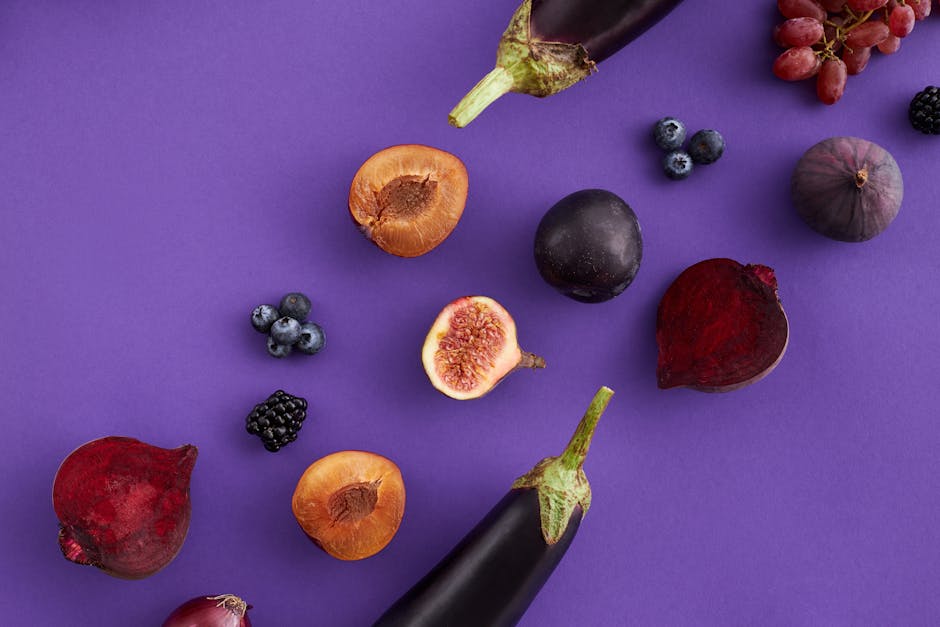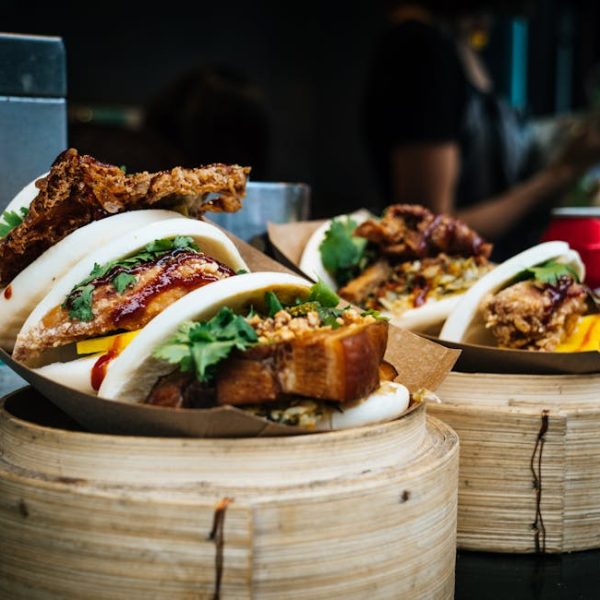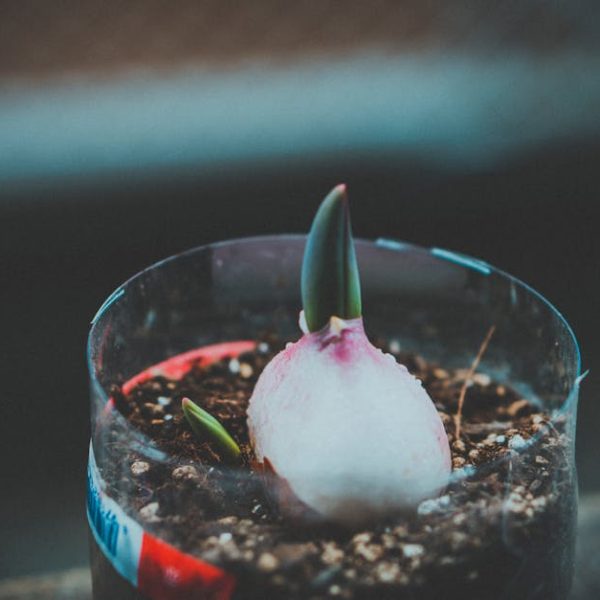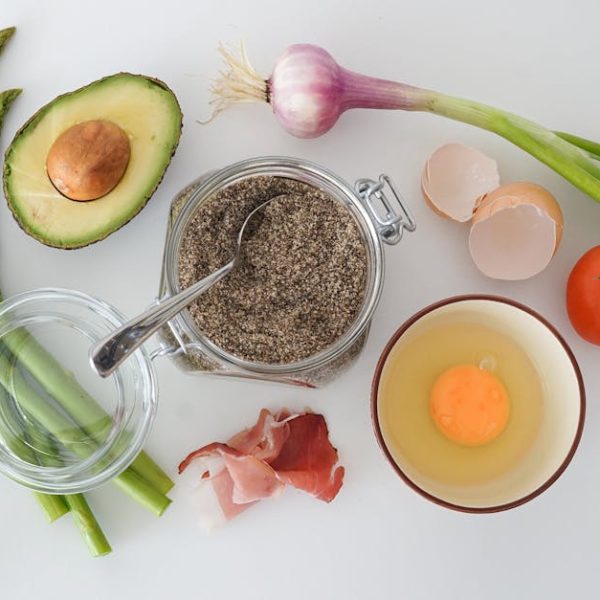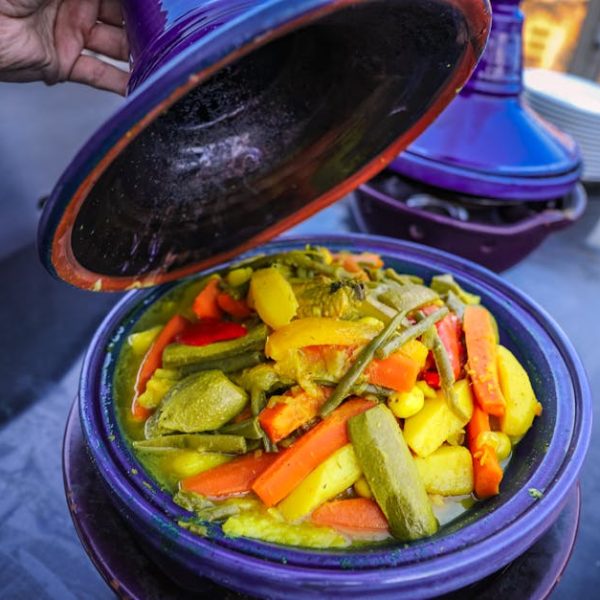Introduction to the World of Eggplants
Think of eggplants and you likely imagine the familiar, glossy skinned, deep violet globe types. But, the planet of eggplant, botanically known as Solanum melongena, is vast and diverse with varieties hailing from across the globe. Their origins trace back to India, where they’ve been cultivated for over 4000 years. Eggplants form an integral part of many cuisines around the world, from the succulent meaty dishes of Mediterranean cooking to the spicy stir-fry of east Asia.
Eggplants are not only diverse and delicious, but they also come packed with countless health benefits. They’re rich in fiber, low in calories, and possess a good dose of vitamins and minerals, like vitamin C, vitamin K, and manganese. Plus, they’re abundant in antioxidants which help fight against oxidative stress and inflammation.
Understanding the Classic Globe Eggplant
The Globe eggplant, an icon in itself, is the variety most commonly found in supermarkets. Its defining characteristics are the dark purple, almost black skin and the large, round shape reminiscent of a globe. Its flavor is mildly bitter, but it mellow outs when cooked, and its flesh, dense and creamy when cooked properly, makes it a staple in dishes like Eggplant Parmesan or Moussaka.
Pro Tips
- When selecting, look for eggplants that are firm, heavy for their size, and have smooth, glossy skin.
- Store them in a cool, dry place. Avoid the refrigerator as it can damage the texture.
- Before cooking, cut into thick slices and salt it to draw out the moisture and bitterness.
Remember:
- Globe eggplants are large and round with dark purple, almost black skin.
- Their flesh is dense and creamy when cooked, ideal for dishes like Eggplant Parmesan.
- They should be salted before cooking to reduce moisture and bitterness.
Exploring the Asian Varieties: Japanese and Chinese Eggplants
Different from the Globe variety, the Japanese and Chinese eggplants sport a slender, elongated shape with varying shades of purple. Japanese eggplants have a sweet, delicate flavor and silky texture when cooked, and are perfect for grilling or dicing to use in stir-fries. Chinese eggplants, lighter in color, have a similar sweet flavor, but slightly more robust and withstand frying, stuffing, and braising well.
| Japanese Eggplant | Chinese Eggplant | |
|---|---|---|
| Color | Dark Purple | Light Purple |
| Flavor | Sweet, Delicate | Sweet, Robust |
| Best for | Grilling, Stir-fry | Frying, Stuffing, Braising |
Remember:
- Both Japanese and Chinese eggplants have a sweet flavor and are best cooked without peeling.
- These varieties are generally superior for quick-cooking techniques like stir-frying or grilling.
Discovering Italian and Sicilian Eggplants
Italian and Sicilian eggplants are two types that hold a proud place in Mediterranean cuisine. They have a tough, but edible skin, similar to the Globe eggplant, but are slightly smaller in size. The Italian variety possesses a robust flavor that shines in dishes like Pasta Alla Norma, while the Sicilian eggplant, also known as the Rosa Bianca, has a softer texture and fruity, mild flavor that makes it perfect for Caponata or grilling.
Iconic Italian Recipes
- Pasta Alla Norma – This Sicilian pasta dish features Italian eggplant as its star ingredient, fried and tossed together with tomato sauce, basil, and ricotta cheese.
- Melanzane alla Parmigiana – A layered dish of fried eggplant slices, tomato sauce, mozzarella, and Parmesan cheese, baked to perfection.
- Caponata – A sweet and sour eggplant dish, combined with celery, tomatoes, olives, capers, and sweetened vinegar, often served as an appetizer.
Pros and Cons
- Pros: They are vibrant and delicious in Italian dishes, and cook quickly due to their thin skins and relatively small sizes.
- Cons: They can become excessively soft if overcooked, and possess more seeds than most other varieties.
Lesser Known Varieties: Rosa Bianca, Graffiti, and White Eggplant
Moving away from the mainstream varieties lead us to the exquisite Rosa Bianca, Graffiti, and White eggplants. The Rosa Bianca, as hinted earlier, hails from Sicily, and is prized for its delicate, non-bitter flavor and creamy texture. Graffiti eggplant, also known as the striped eggplant, is not just attractive but packed with a fruity, mildly sweet flavor. White eggplants, true to the name, have a snow-white skin, with a slightly firmer texture and sweeter taste compared to the darker varieties.
Versus
- Rosa Bianca is fruitier and less bitter than the classic Globe variety.
- Graffiti eggplant has a more appealing look with striped skin and a slightly sweeter flavor.
- White eggplants have a more firm texture than other varieties but offer a uniquely sweet taste.
Pro Tips
- Rosa Bianca, Graffiti, and White eggplants are excellent for baking and stuffing due to their taste and texture.
- Enjoy the unique look of Graffiti eggplant by incorporating it into salads, where its striped skin can remain visible.
- White eggplants are ideal for pickling and curry preparations due to their firm texture.
Making the Most of Different Eggplants in Your Kitchen
The world of eggplants is a dazzling array of shapes, colors, and flavors just waiting to be explored. Knowing the unique characteristics of each type can help you choose the right variety for your recipe, bringing out the best in your culinary creations. Whether Mediterranean, Asian, or even American comfort food, there’s an eggplant fit for every cuisine.
A comprehensive guide to diverse recipes would be beyond the scope of this article, but here’s a teaser: Globe Eggplant for Parmesan or Babaganoush, Japanese Eggplant for Yaki Nasu or stir-fry, Chinese eggplant for Ma Po Eggplant, and Italian eggplant for Pasta Alla Norma.
Best Practices
- Before buying, make sure the eggplant is firm and has a glossy skin, a sign of freshness.
- Instead of peeling, try to incorporate the skin of the eggplant in your dish as it not only adds color but a range of nutrients too.
- Certain varieties, like the Globe, benefit from being salted and drained before cooking to reduce bitterness.
- Most importantly, don’t be afraid to experiment. With so many types of eggplants available, exploring new recipes can yield delightful results.
The right selection and preparation can make the humble eggplant a showstopper on your plate. So whether you’re a seasoned cook or a culinary beginner, don’t hesitate to dive into the delicious world of eggplants!
Key Takeaway:
- Each type of eggplant, from the familiar Globe to the Asian varieties and lesser-known Rosa Bianca, Graffiti, and White eggplants, offer unique tastes and cooking qualities.
- The Globe eggplant offers a mild, creamy flavor ideal for dishes like Eggplant Parmesan.
- The Asian, Japanese and Chinese eggplants, are slender with a sweet flavor, perfect for grilling and stir-fries.
- Italian and Sicilian eggplants shine in dishes like Pasta Alla Norma and Caponata.
- Lesser-known types like Rosa Bianca, Graffiti, and White eggplants boast of firm textures and slightly sweeter tastes, making them excellent for stuffing and baking.
There’s a delicious world of eggplants out there waiting for you to discover. With their diverse tastes and textures, these nutrient-rich vegetables can bring your meals to a whole new level. So, go on and start exploring the exciting possibilities eggplants offer in your kitchen.
FAQs
Q: Are there any health benefits of consuming eggplants?
A: Yes, eggplants are highly nutritious. They are rich in fiber, low in calories, and have a good content of vitamins and minerals, like vitamin C, vitamin K, and manganese. They also possess numerous antioxidants which help in combating oxidative stress and inflammation.
Q: How should I store my eggplants?
A: Eggplants should be stored in a cool, dry place. Putting them in the refrigerator can actually damage their texture.
Q: Are eggplants bitter?
A: Some varieties of eggplants have a mild bitter flavor, but this usually mellow out when cooked. Certain types, like the Globe, can have their bitterness reduced by salting and draining before cooking.
Q: Can I use any kind of eggplant interchangeably in any recipe?
A: Not necessarily. Each type of eggplant has its own unique characteristics and flavor profile. Knowing the attributes of each can help you choose the best variety for your recipe.
Q: What are some of the different ways to cook eggplants?
A: You can grill, stir-fry, fry, stuff and braise, or bake eggplants. The method of cooking depends on the type of eggplant and the recipe.
Don’t forget to share this article and explore more posts on our website!
